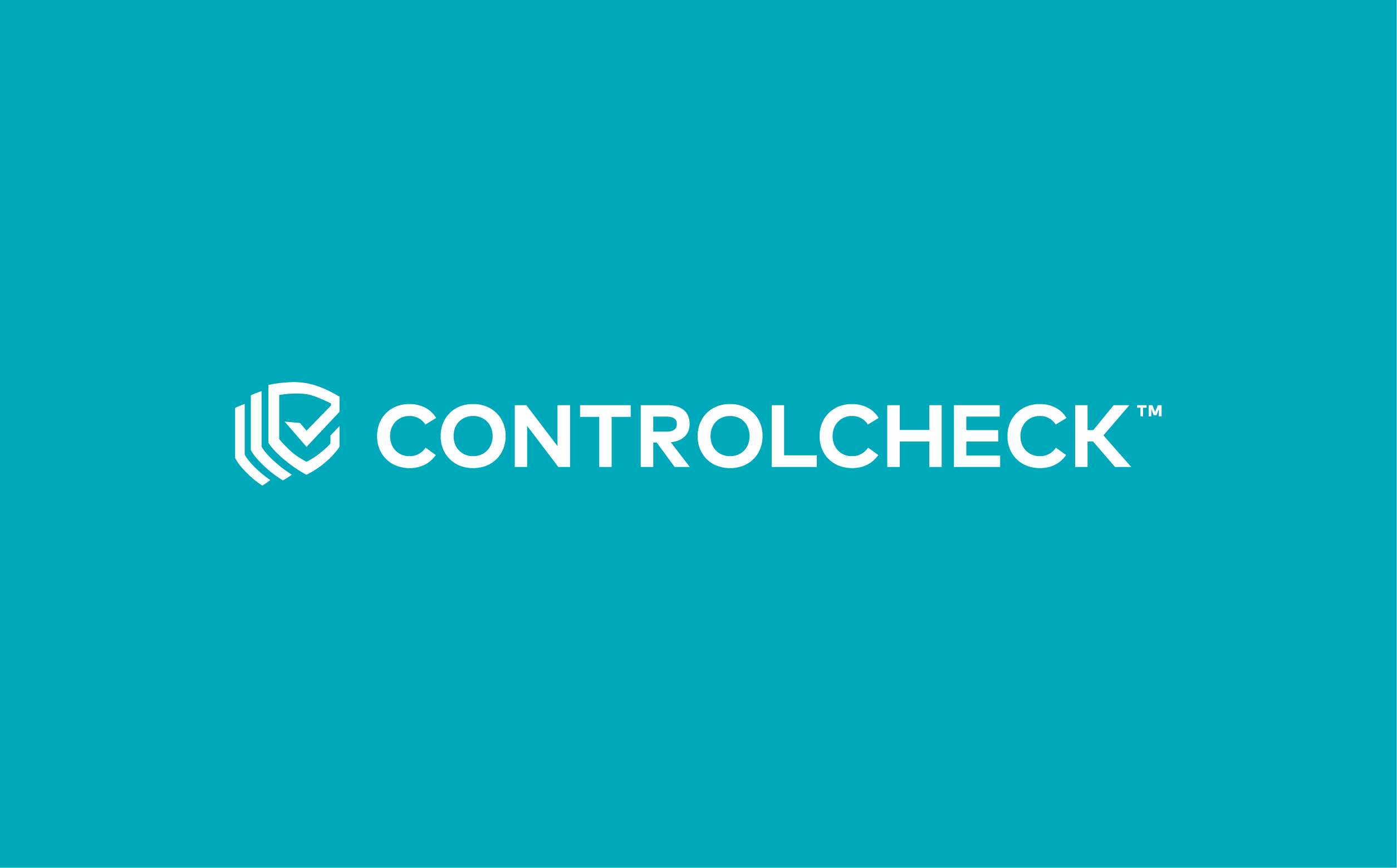Drug diversion is a complex issue with potentially grave consequences for patient safety, staff morale, and organizational integrity. As hospitals grapple with the challenges of managing diversion, the need for robust, reliable, and holistic solutions becomes increasingly paramount.
Second-generation drug diversion prevention software is a key tool hospitals and health systems across the country leverage to fight diversion effectively. According to the 2023-24 Hospital Pharmacy Operations Report (HPOR), 66% of respondents say that robust drug diversion solutions have reduced hours spent resolving variances.
In this blog, we delve into insights on what key factors hospital systems should consider when evaluating and implementing diversion software solutions based on Pharmacy Purchasing & Products recent webinar Brianna Graham, MSN, RN, NPD-BC, ONC – a Diversion Prevention Specialist at a 1,100+ bed system with 14 individual hospitals.
Understanding Organizational Needs:
The journey towards effective diversion management begins with a deep understanding of organizational intricacies and specific requirements. Whether it’s a large hospital network or a smaller healthcare facility, each institution has unique operational dynamics, patient populations, and regulatory landscapes to navigate. Conducting a thorough assessment of existing systems and identifying critical gaps is the foundational step toward implementing a tailored solution. To get started, fill out our Drug Diversion Surveillance Program Internal Assessment to find out what gaps might exist in your current diversion program.
Where Some Solutions Fall Short:
Brianna Graham’s hospital system had a previous generation 2 solution before implementing ControlCheck. But, it did not meet the specific organizational needs of her institution. Below are some of the pain points she faced using their previous solution:
Limited scope of the software: Monitored only inpatient nursing and anesthesia, lacking a pharmacy module and the ability to monitor transactions outside of the Automated Dispensing Cabinet (ADC).
- High level of noise in variances: Manual review is required for every variance, even minor discrepancies like time differences between Pyxis and Epic.
- Poor Transaction Monitoring: Failed to address compounded or patient-specific issues and transactions in different states.
- Inflated risk scores: Hindered accurate peer-to-peer comparisons during deep-dive investigations.
- Limited licenses and collaboration: Restricted access for leaders to check on individuals or trends in departments, hindering effective investigation collaboration within the software.
- Manual follow-up process: Data for true variances had to be manually extracted and sent via email, leading to inefficiencies and potential errors in follow-up documentation.
- Restrictive data structure: Limited ability to drill down beyond Pyxis station level, hindering comprehensive trend analysis and process improvement efforts.
Features to Look For:
When evaluating diversion prevention solutions, hospital systems must prioritize features that align with their operational requirements and compliance obligations. These include:
- Meaningful Data Insights: Solutions should offer robust analytics capabilities to uncover patterns, trends, and anomalies indicative of diversion activity.
- Automation Features: Automation features that minimize manual intervention and streamline workflows are essential to optimize efficiency and reduce manual workload
- Proactive and Reactive Monitoring: Real-time monitoring capabilities coupled with retrospective analysis empower hospitals to preemptively identify and respond to diversion incidents.
- Customization and Collaboration Features: Solutions should allow for customization to adapt to evolving needs and seamless collaboration among multidisciplinary teams involved in diversion prevention.
- Comprehensive Support: Adequate customer support and training resources are critical for successful implementation and ongoing utilization of the solution.
Navigating Organizational Support:
Securing organizational buy-in is a pivotal step in the adoption of diversion management solutions, and is necessary for establishing a holistic diversion prevention program that meets the needs of large organizations. Effective communication, backed by data-driven insights and regulatory compliance imperatives, can help garner support from stakeholders across departments.
Monitoring Performance and Driving Improvement:
Once implemented, hospital systems must establish clear metrics and key performance indicators (KPIs) to monitor the efficacy of the diversion management solution. Regular review processes, stakeholder engagement, and continuous improvement initiatives enable hospitals to refine their diversion prevention strategies and adapt to emerging challenges.
Bluesight releases Diversion Quarterly reports consisting of key diversion data and metrics from ContolCheck’s 850+ hospital sites. This information can provide key, peer-based benchmarking metrics for sites to measure the success of their initiatives. Read the most recent report here.
Being Proactive Matters
In the high-stakes landscape of healthcare, the imperative to combat drug diversion demands a proactive and multifaceted approach. By adopting a comprehensive evaluation framework and leveraging robust diversion management solutions, hospital systems can safeguard patient safety, uphold organizational integrity, and mitigate the risks associated with drug diversion.
Through continuous vigilance and strategic investments in diversion management, healthcare institutions can fortify their defenses against this pervasive threat, ensuring the delivery of safe and high-quality care to patients while safeguarding the well-being of healthcare professionals and the broader community.
To learn more about how to evaluate drug diversion solutions, watch a recording of the “Evaluate Diversion Software for System-Wide Adoption” webinar with Brianna Graham, MSN, RN, NPD-BC here.



